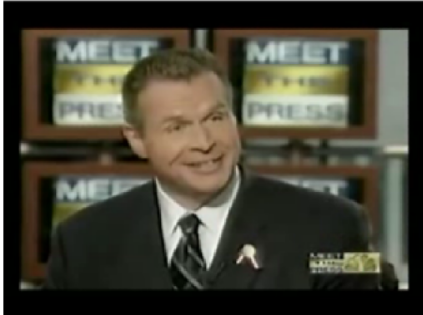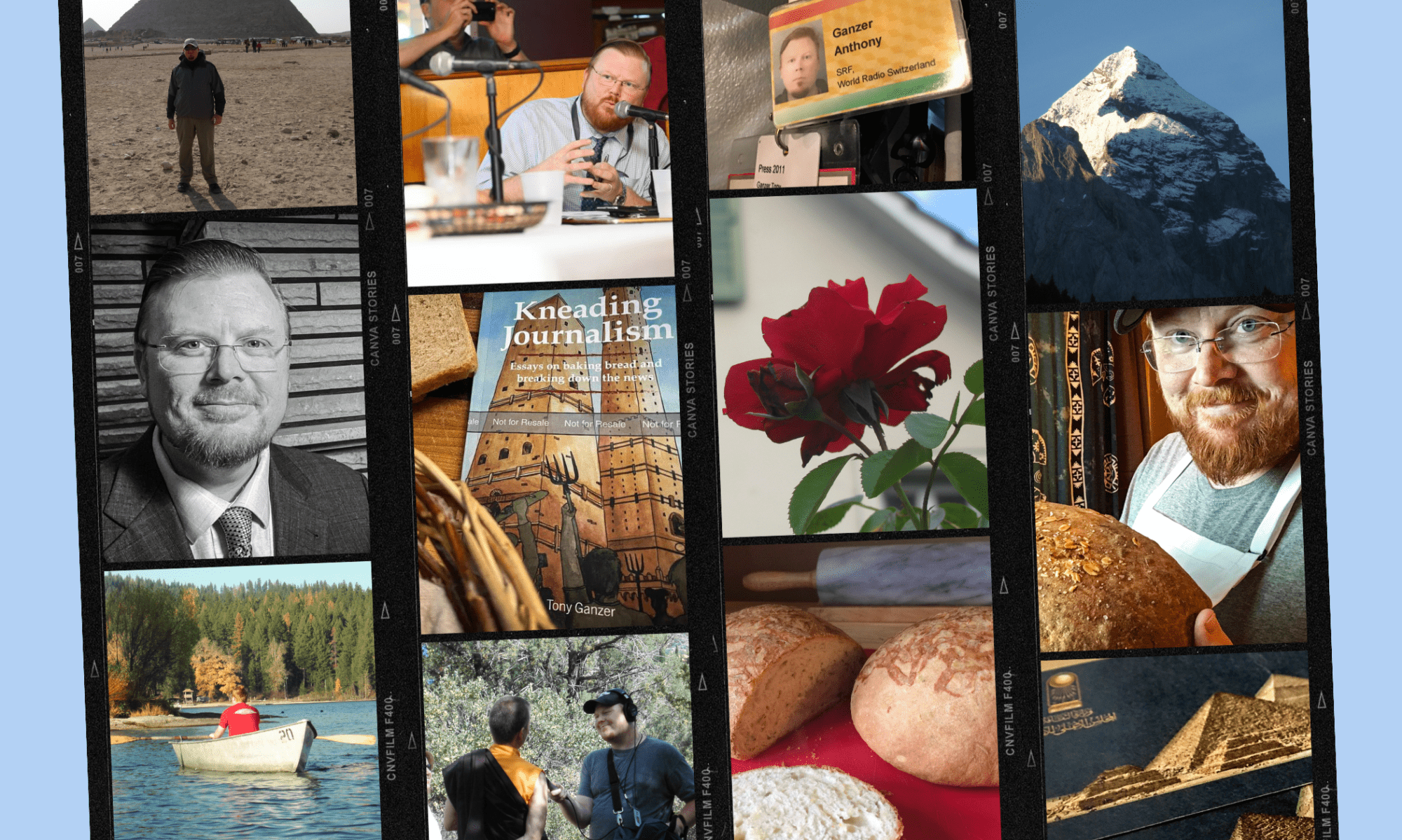
The business of political campaigning has become something of a science in the U-S. From polling, and public appearances, to TV spots and the tried and true campaign-sign, politicians are always looking for a new way to reach a potential voter. And, as KJZZ’s Tony Ganzer explains, campaign managers appear to have found a new medium with much potential, but many variables as well.
Nats: keyboard typing, mouse clicks
Introducing Web 2-point-Oh.
Nats continue…
TG: Okay, so if you make your way to one of the internet’s many social networks, like myspace.com, you might type in the name of one your elected officials and see what pops up. For our purpose, let’s check out the video site YouTube—dot—com and choose a sometimes controversial Arizona politician…say…J-D Hayworth.
Nats: keyboard, double-click of mouse
TG: Here we go…
Nats: Hit Beastie Boys rap song, poor audio from protest of J-D
TG: Here we see a crudely produced video of people protesting a public appearance of Hayworth. This particular video was created by a political action group sponsored by the mostly-liberal Web site MoveOn—dot—org. If we click in the “related videos” section, we see another video of Hayworth…
Nats: hit montage of J-D sound bytes, and money problems….
TG: This piece is just a grouping of local TV sound bytes of Hayworth where he addresses campaign contributions from now infamous lobbyist Jack Abramoff. Most of the videos on YouTube, are produced by regular people, and most use crude character graphics or sound. But their amateurish style allows them to fit perfectly within a new form of communication…and potentially, political activism.

CORMAN: “This is all part of a phenomenon that was dubbed a couple of years ago as Web 2.0. Whereas Web 1.0 was all about people putting information out on the web and controlling it closely and feeding it out to traditional media, Web 2.0 is all about getting the audience involved.”
Steve Corman is a Professor at Arizona State University’s Hugh Downs School of Communication. He keeps an eye on the communication devices used in politics.
CORMAN: “Obviously people feel like they have a lot to say. It used to be a few companies who owned the broadcasting towers and printing presses were the only ones who were able to do this stuff, but now things have really changed…the big question is what impact is it going to have. Some of these things get traction, others don’t.”
TG: So YouTube is a way for people to make a statement. But ads aren’t the only thing people are contributing to political dialogue.
Nats: typing
TG: Check this out…
Nats: CD8 debate…bickering
TG. This is raw debate footage from Southern Arizona, where Democratic candidates are vying for the chance to succeed retiring U-S Congressman Jim Kolbe.
Nats: GABBY, GABBY, GABBY
TG: There is no commentary or production in this video, but it was uploaded by a kind of citizen journalist from the district…for better or worse.
CORMAN: “It’s definitely blurring the distinction between journalism and civic action…and it is really decentralizing the power the media used to have to control this information. On the flip side, you don’t know who these individual journalists are, if they have an ax to grind, or whether they are real people even.”
TG: Candidates are beginning to take advantage of the Web. Many campaign sites include links to see TV ads, or listen to radio spots. Some sites even satirically mock a candidate and direct viewers to a competitor.
Fred Salop is the director of the Social Research Lab in Flagstaff.
SOLOP: “We’ve used to a 1-dimensional use of the Web where candidates post information and we read it, to an interactive use of the Web. To move toward interactive videos and social networking and blogs takes sophisticated users but also takes money.”
TG: Steve Corman says candidates could find the Web a useful medium, and it may allow lesser-financed campaigns to level the playing field, because it’s less expensive to put a video on the Web, than it is to pay for a TV spot, or billboard.
But Salop says campaigns have no way of controlling Web traffic, and it’s unknown what effect videos and Web sites will have on voters.
SALOP: “Right now these Websites tend to attract younger, more technically sophisticated users. Those are not necessarily the people going out and voting. The percentage of likely voters who primarily get information from the Web is in single digits. It’s just not a main source of information.”
TG: Those low numbers mean it will likely be a few years before politicos know how big an effect the Web will have on campaigning. And, because it’s a new find for many campaign managers, as well, Steve Corman doesn’t know how long it will take for strategists to master the Web. Until then, I’ll stay thankful I’m not barraged with campaign pop-ups.
Nats: pop-up sound, double-click.
For KJZZ, I’m Tony Ganzer.


